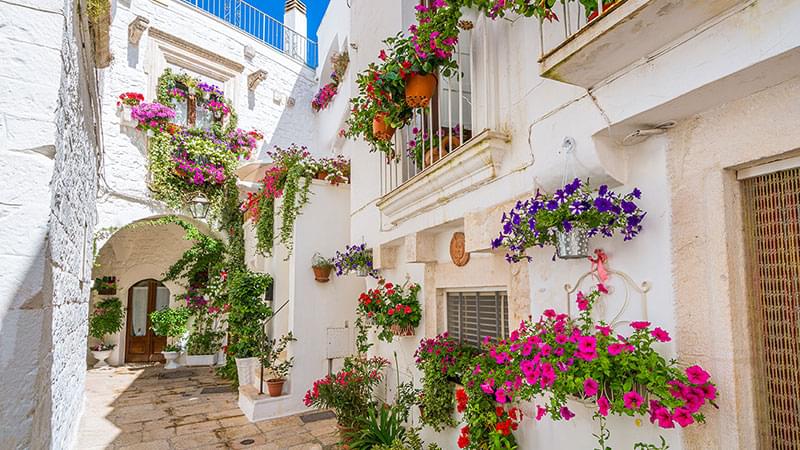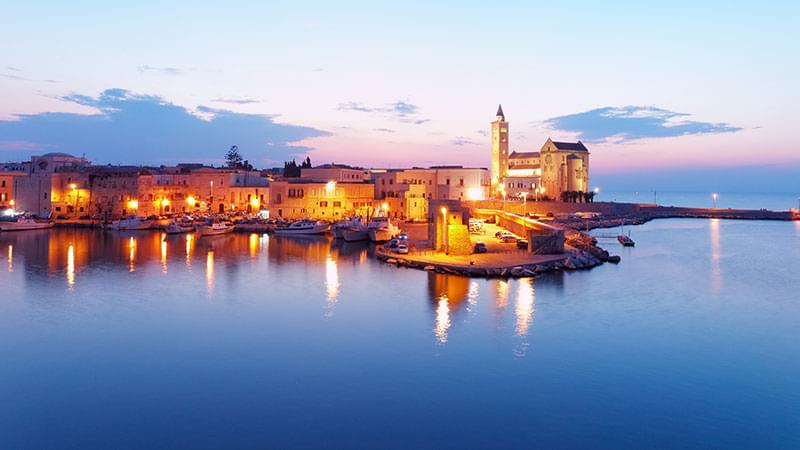A Brief History
It was built on the remains of a Mesapiic village. It was founded in 1068 by a Norman Bishop named Williams. It was consecrated on August 1, 1088 under the papacy of pope Urban II. The mosaic covering the whole length of the nave, sanctuary and apse is 12th century in date. It was commissioned by the first Latin Archbishop of the city, Gionata.
The bell tower next to the cathedral was built in the 12th century as well. In 1480, the cathedral was invaded by the Turks who had besieged the city and the clerics and civilians who sought refuge inside were killed. The building was turned into a mosque and the frescoes from the 13th century mostly destroyed. The town was liberated a year later by Alfonso V of Aragon and the church restored and reconsecrated. It was heavily rebuilt to house the relics and memories of the Martyrs of Otranto who were executed there. In the south aisle, the Chapel of the Martyrs was built by order of Ferdinand I of Naples and rebuilt at public expense in 1711. 800 people were killed by the Turks that day for not renouncing their faith. Their bones are carefully arranged inside the chapel. It was granted basilica status in 1945 by Pope Pio XII.
Description
The hut-shaped façade was restored numerous times during the past centuries. After the ravages of the Turkish occupation in 1480, a large rose window was added: this includes 16 rays with Gothic/Arabic-style, convergent holes.
The façade is completed by two single mullioned windows. The interior plan has a nave and two aisles with apses, separated by twelve arches.
The frescoes on the walls include traces of Byzantine-style figures, such as the Madonna with Child in the right aisle. In the inner part of the Cathedral, a large pavement mosaic, which covers the nave, the aisles, the presbytery and the apse is the only decoration. It was commissioned by the first Latin archbishop of the city, Jonatas. The scenes include episodes from the Old Testament, the medieval chivalry literature and the Alexander Romance. The images are placed alongside the Tree of Life. They include Alexander's flight to the heaven, carried by two griffins as well, which, according to a medieval legend depicts Alexander on two large griffins in an attempt to see the whole world. The large bell tower is square in shape and a sturdy appearance coupled with four rounded windows. The tower is whitewashed just like many other buildings in Puglia.
A trip to Puglia should include a stop at Otranto for it's beautiful seaside ambience and this work of art( the Otranto Cathedral).





.jpg)
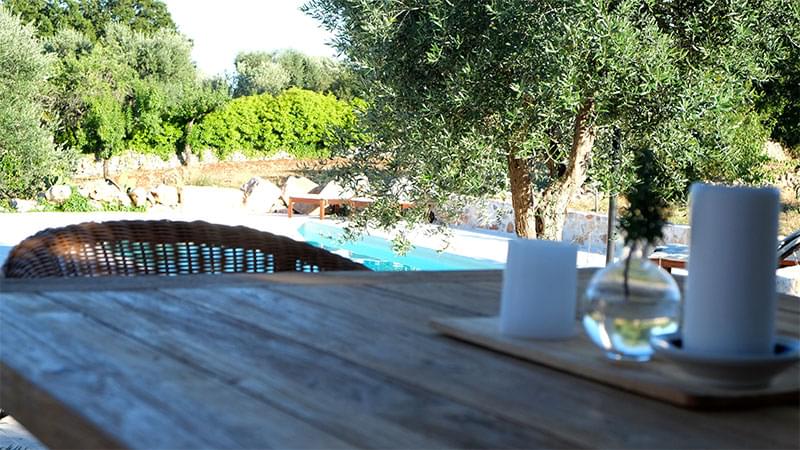
.jpg)
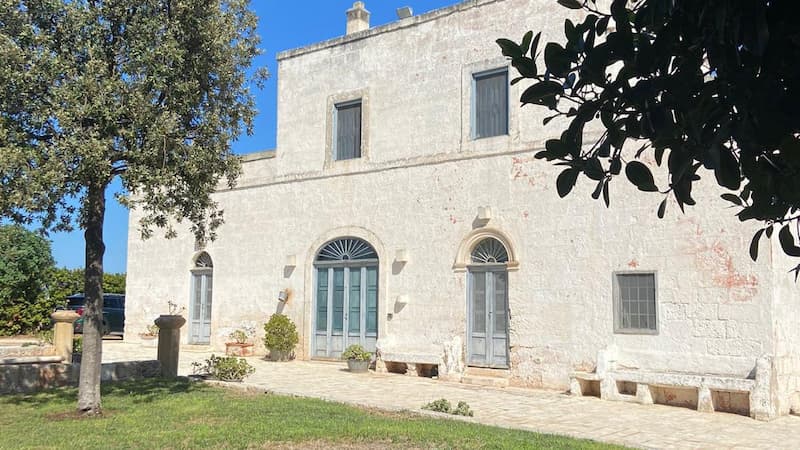
.jpg)
.jpg)


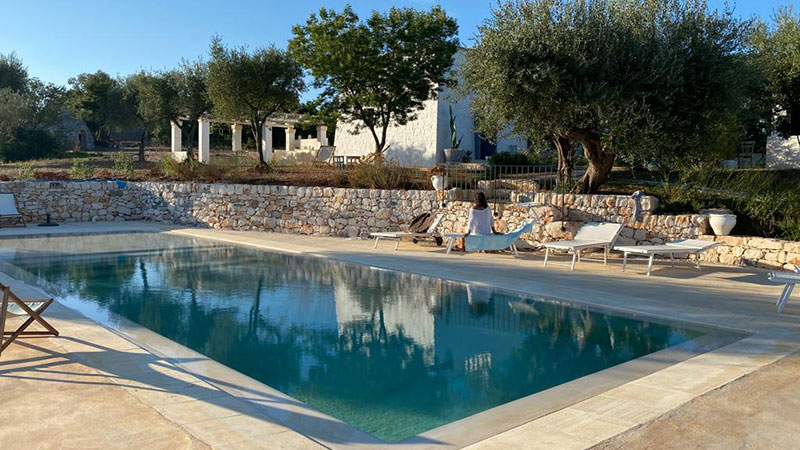
.jpg)

.jpg)
.jpg)














